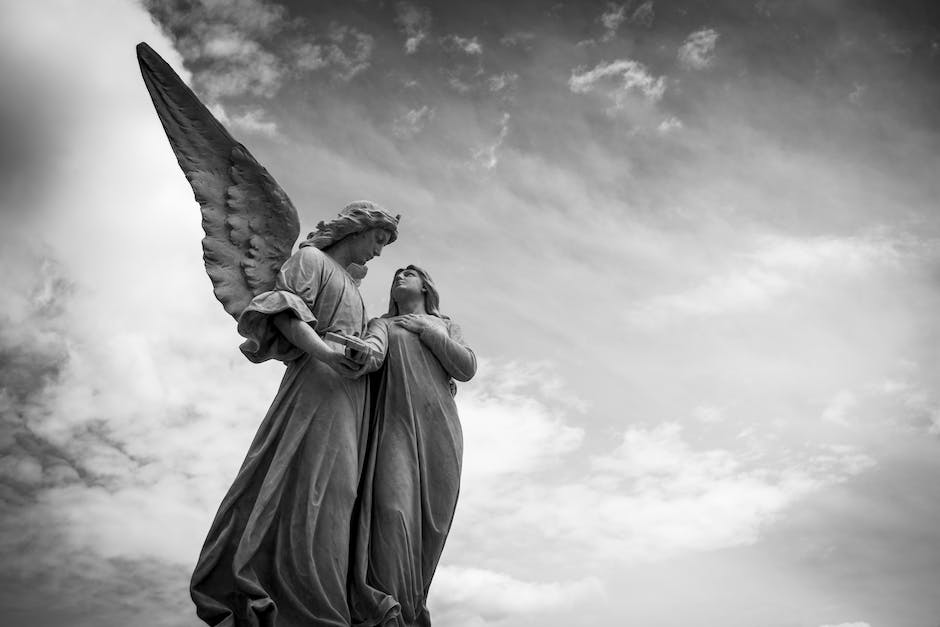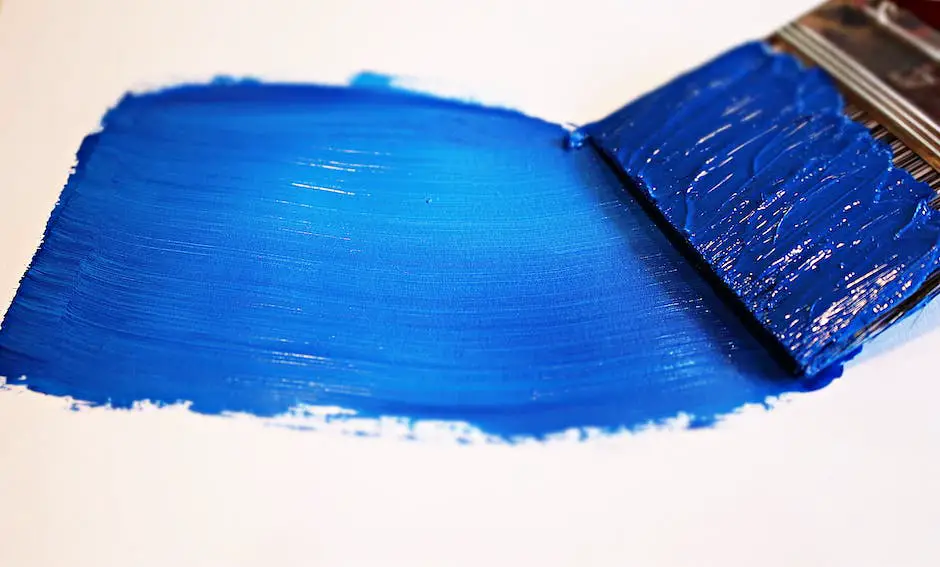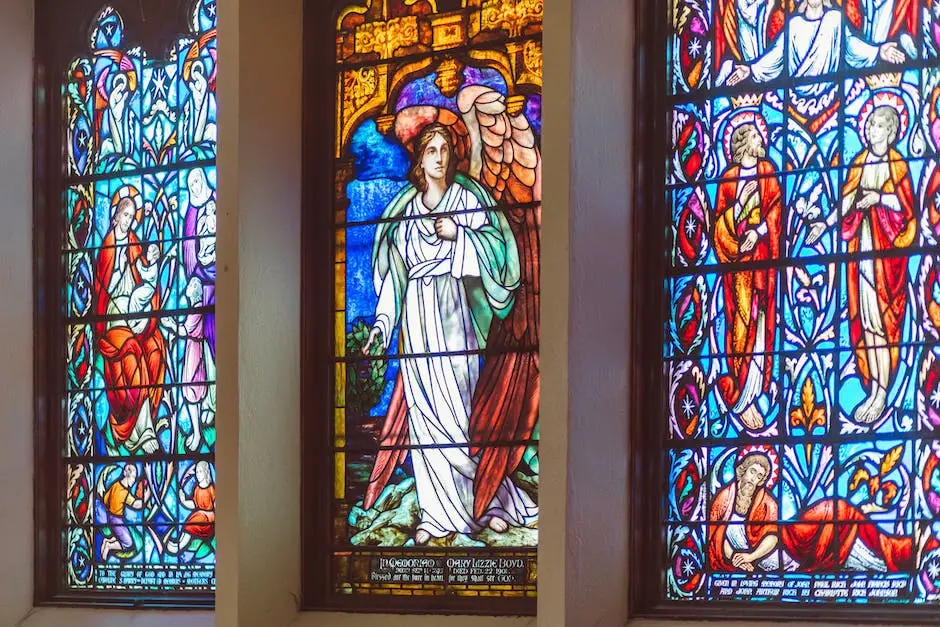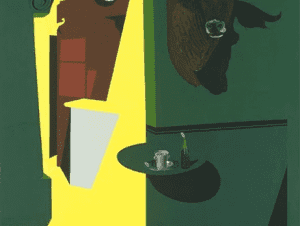Tracing the roots of mankind’s timeless fascination with the concepts of good and evil, one will invariably stumble upon the captivating and profound realm of angel and devil art. This piece embarks upon a comprehensive exploration of this subject matter, unearthing the historical nuances and deliberate symbolism tucked within these celestial and infernal creations. Over time, these depictions have oscillated between religious beliefs and modern interpretations, creating potent images that resonate with diverse global cultures. The subsequent discourse herein is geared towards analysing the many layers of representation, contextualising the interpretation of angel and devil art, and finally, offering a framework for creating such works of art imbued with personal creativity and philosophical understanding.
Historical Background of Devil and Angel Art
The Depiction of Angels and Devils in Art: A Tale of Ingenuity and Evolution through Centuries
An eminent part of religion, folklore, and mythology, the mystical characters of angels and devils have inspired countless generations of artists. These celestial and infernal beings have been immortalised with the stroke of a paintbrush and the chisel of a sculptor in the hands of an artist. Intriguingly, their depiction has significantly evolved over the centuries, reflecting changes in cultural, societal, and individual perceptions.
Our journey begins in the Byzantine and Early Renaissance eras, where artists chose to illustrate angels as androgynous, innocent beings, often adorning immaculate white robes and golden haloes. These cherubic figures symbolised purity and heavenly grace. Devils, on the other hand, were portrayed as hideous creatures, with an aim to invoke fear and repulsion. They were rendered with grotesque features, horns, wings, and often, an assortment of demonic attributes.
Entering the High Renaissance and Baroque period, the portrayal of these figures took a humanistic turn. Angels began to reflect a gender distinction and were richly detailed, mirroring the physical attributes of men, women and often, strikingly beautiful children. The artistic realism picked up pace and artists began applying more human emotions and expressions into their celestial subjects.
The portrayal of devils, however, took a more sinister route in this epoch. Their depictions were fearsome yet captivating, often illustrating the struggle between good and evil vividly. These portrayals were potent tools to warn viewers of moral decay and the eventual consequences.
Subsequent periods including Romanticism and Symbolism saw artists experiment with metaphorical representations rather than literal. Angels began appearing as hints of light, gentle breezes and tender vibrations, straying away from the original humanoid form. The creatures from the inferno were subtly indicated by fragments of darkness, gusts of scorching winds, and harsh, abrasive undulations in the artwork.
Fast forward to the contemporary times, the realm of art has expanded its boundaries, incorporating various forms, mediums, and technologies. Angels are no longer confined to a single interpretation and devils too have come out of their traditional demonic appearance.
Both angels and devils have become metaphors for personal, political and societal issues. Some artists depict the celestial as a symbol of hope and liberation, while the infernal is used to represent oppression and ill-will. Others lean towards irony, displaying angels with unsettling or metallic features, while devils may appear eerily calm, sometimes even spectacular. It’s an intriguing commentary on the coexistence of good and evil within society and individuals.
The evolution of angels and devils in art is a fascinating journey which mirrors the changes within societal norms, religious interpretations and individual free thinking. A testimony to the fluidity of artistic expression, these depictions continue to evolve, reflecting the ever-changing landscape of human perception and creativity. It is not just about the art; it’s about the story, the message, and the emotion that the artist wishes to convey. Every brush stroke, every chiseled curve, or every digital render embodies a piece of the artist’s soul, interpreted through the viewers’ eyes. So, every time we appreciate a piece of art, we connect with the artist’s vision and play our part in the grand scheme of artistic evolution.

Interpreting Angel and Devil Art
Immersing oneself in the world of art, and delving deep into symbols, motifs and representations, opens doors to entirely different realms. One such intriguing and enticing area of exploration is the personification of angels and devils in art. Materials, geometry, colours, structures – they all play crucial roles shaping what these angelic and demonic figures stand for at different times, across different cultures.
It is widely recognised that during the Byzantine and early Renaissance eras ,angels were portrayed as innocent, charming, and androgynous creatures, standing in stark contrast to the grotesque depictions of devils. This binary imagery of good versus evil made for compelling narratives in visual storytelling. However, this form of personification wasn’t static. Instead, it evolved, adapting and transforming with the changing paradigms in society and religion, and encompassing various nuances along the way.
As we move into the High Renaissance and Baroque periods, there’s a noticeable shift to a more humanistic portrayal of the angelic figures. Their physical attributes become more pronounced and individualistic. The devils, however, become even more fearsome, symbolising the perpetual struggle between righteousness and sin. One could infer that this reflects a heightened consciousness and exploration of humanity’s ethical and moral complexities during these times.
And then came the periods of Romanticism and Symbolism, further pushing the boundaries of artistic expression. Here, angels and devils take on more metaphorical roles, representing lofty ideals, inner demons, or quiet despair. They’re no longer just divine or demonic entities, but mirrors held up to society, reflecting collective hopes, fears, and desires.
But art, in its true essence, is a living, breathing entity, relentlessly evolving with time. Contemporary interpretations of angelic and demonic figures incorporate an impressive array of forms, mediums, and technologies, reinventing the traditional symbols and giving birth to thought-provoking, dynamic representations.
In particular, angels and devils are often engaged as metaphors for personal, political, and societal issues, acting as focal points for layered, nuanced artistic narratives. Treading across the spectrum from hope to liberation, irony, and eeriness, artists across genres and periods have found in these motifs, potent tools for visual storytelling.
Given such rich and varied artistic treatment, tracing the evolution of angels and devils in art can be an enlightening journey in comprehending the shifts in societal norms and religious interpretations. From assumed naivety to complex personification, their portrayals encapsulate a mesmerising progression of artistic expression.
In conclusion, the fluidity of artistic expression breeds a unique connection between artists, their vision, and the viewers, creating a magnetic symbiosis that lies at the heart of artistic evolution. Whether they are picturing a cherubic guardian or a horned tormentor, artists aren’t simply sketching figures; they are breathing life into narratives, invoking emotions, and sparking dialogue.
Behind every stroke of the brush or chisel is a story, waiting for us to unravel its layers, and therein lies the magic of interpreting angels and devils in art. It is not just an aesthetic indulgence, but a journey into the depths of our shared human experience – one that continues to evolve, inspire, and captivate us, much like the art that houses it.

Creating Devil and Angel Art
Imbuing Artwork with the Aesthetics of Angels and Devils
Just as an array of hues graces an artist’s palette, a diversity of themes illuminates the canvas of artistic creation. Among those themes, the personifications of angels and devils stand out, symbols writ in stark black and white, both echoing and shaping cultural and societal standards.
The Subtleties of Divine Aesthetics
Angels, with their graceful wings and halos, epitomise innocence and purity. Yet, the creative process is not confined to crafting ethereal, celestial beings. Skill lies in subtly transcribing these divine aesthetics onto commonplace objects or characters. A flutter of wings here, a glimmer of a halo there, or simply the ethereal glow of angelic light can imbue artwork with angelic characteristics. It’s all about capturing the ephemeral, otherworldly essence of divinity and purity. For example, use soft, gentle brush strokes, pastel colours, and radiant light effects when painting to evoke angelic qualities.
Evolving Demon Aesthetics
In contrast, devils often take on horned, sinister incarnations, rendered through deep, fiery hues and sharp, angular lines. However, modern interpretations often seek to portray these entities as attractive, thereby reflecting complex interplays of morality and desire. Artists now play with shadow and light, not solely to project fear, but to highlight intriguing complexities. To imbue a creation with devilish aesthetics, smooth lines could be switched for jagged ones, colours could shift from bright to dark, and postures from serene to aggressive.
The Essential Balance of Elements
Through using angels and devils’ dichotomy, artwork can speak volumes about the battle between light and darkness, good and evil, desire and fear. To incorporate these aesthetics effectively, it’s crucial to establish a balance of elements on the canvas – soft textures and harsh shadows, flowing lines and sharp angles, radiant light and engulfing darkness.
Consequently, this is not about mimicking the figures of angels and devils as they have been traditionally presented. Rather, the goal is to borrow their core elements and integrate them into the artwork subtly.
In other words, the essence of angel or devil aesthetics is to evoke emotions, generate reactions, and fuel imaginative thinking. Despite being common within art, adding a fresh, personal take can make these paths trodden by so many a new journey to undertake.
To sum up, adopting the aesthetics of angels and devils grants us permission to play naïve and yet be mature, to be chilled and yet radiate warmth, to be chaotic and yet retain order, to be simple and yet complex. Because after all, art is the act of threading the needle between the dichotomies of human existence. A subtle twist, an altered perspective, a revolution in conception, all can bring forth a memorable piece from the ancient rhythm of this metaphoric dance between angels and devils.

As we traverse the axioms of angel and devil art, our understanding deepens, not just of this intriguing art form, but also of the complex human psyche that gives birth to these representations of good and evil. Decoding these depictive intricacies, we unravel not only their historical significance but also gain insight into the artist’s perspective, perhaps even glimpsing the depths of our societal norms and inner workings. As we venture further into creating our interpretations, mostly driven by personal experience and perception, it serves as a mirror, reflecting our innate curiosities and primal fears, laid bare and intricately weaved into the fibres of artistic expression. Thus, the realm of angel and devil art, with its rich history and profound symbolism, continues to be a vital source of learning, introspection, and creativity.
Recommend0 recommendationsPublished in Art History





Responses